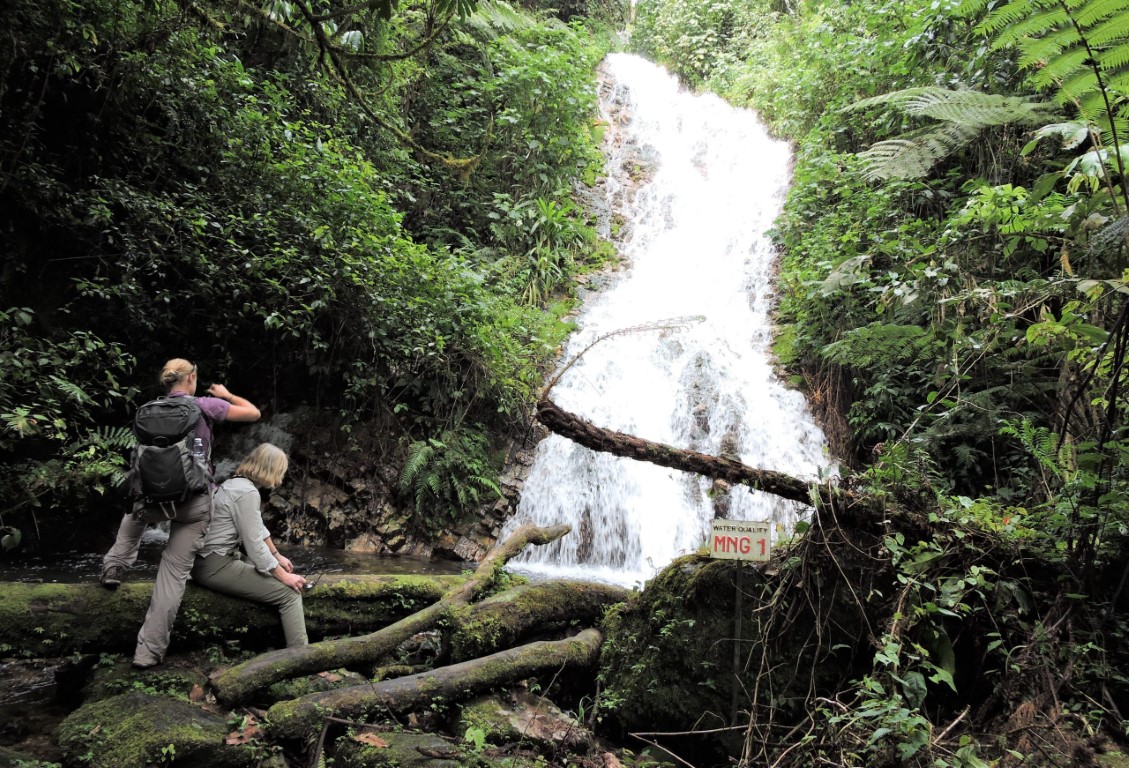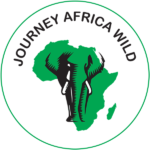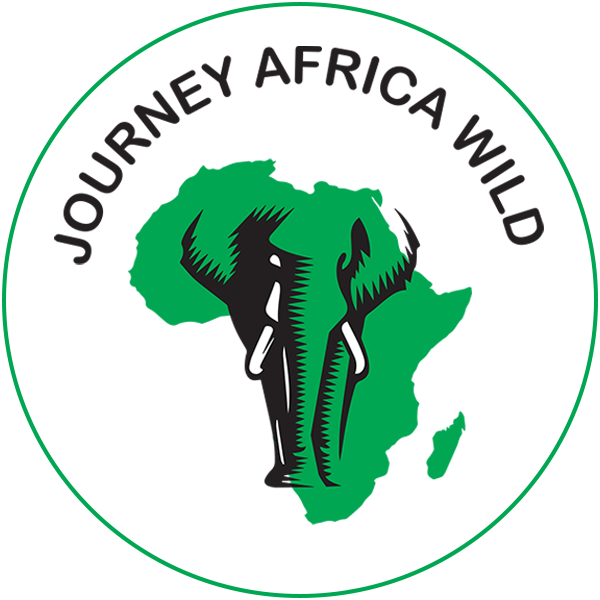Home to about half of the world’s population of endangered mountain gorillas, Bwindi Impenetrable National Park is the premier spot for gorilla trekking. The so-called “impenetrable forest” which covers the biggest area of the park, sits at the edge of the Albertine Rift, with narrow valleys, a rugged topography, and steep hills. The significant difference in the park’s elevations is why gorilla trekking in Bwindi and hiking are inseparable.

Also simply referred to as Bwindi, especially by the locals in the tourism industry, the park is surrounded by other highlight Uganda destinations including Lakes Bunyonyi and Mutanda, Mgahinga Gorilla National Park, and Queen Elizabeth National Park. So, as you plan for your gorilla safari in Bwindi, you can opt to add a boat ride, mountain hike, or game drive at the mentioned destinations respectively, for an extra dose of an African safari.
Trekking sectors of Bwindi Impenetrable National Park
The 4 gorilla trekking sectors in Bwindi are also referred to as trailheads. They are; Buhoma in the north, Ruhija in the east, Rushaga in the south, and Nkuringo in the west of Bwindi Impenetrable National Park. Each of these sectors offers a unique level of difficulty in tracking the mountain gorillas. The selection of your trailhead in Bwindi depends on factors including the availability of gorilla permits at the time of booking, other activities on the safari itinerary, and the traveler’s fly-in point, mostly Entebbe International Airport or Kigali International Airport.
Rushaga has the highest number of habituated gorilla families (more than 6) and is the only sector where Gorilla Habituation Experience (GHE) is currently done with tourists.
Wildlife in Bwindi Impenetrable National Park
Bwindi is home to more than 120 mammals but is most notable for mountain gorillas. Other animals in the park include chimpanzees, L’Hoest’s monkeys, colobus monkeys, blue monkeys, olive baboons, and forest elephants. Over 340 bird species have been recorded here. It also has more than 200 butterfly species and a variety of amphibians and reptiles.
Things to do in Bwindi
Gorilla trekking
This is the highlight of safaris to Bwindi Impenetrable National Park. The activity starts at the office of the trailhead where visitors are tracking the apes, with a briefing before they are arranged in groups of a maximum of eight visitors, each with a guide and armed park rangers. The trek takes you through a challenging terrain of valleys and steep ridges as you search for mountain gorillas which can be spotted in a period of 30 minutes, one hour, 3 hours, or more depending on their location.
Once the gorillas have been spotted, you are allowed to stand at a distance of 7 meters away from them, observe the gorilla family, learn about their behavior, take photos and record videos for this memorable experience, and later exit the forest.
Gorilla Habituation Experience
If you are looking to spend more than the standard one hour with the gorillas, for trekking, then the Gorilla Habituation Experience is the adventure for you. It gives an opportunity to visitors to join the gorilla habituation team when preparing a gorilla family for tourism and spend up to four hours with the apes. The adventure is currently only done in Bwindi’s Rushaga sector and a permit goes for $1,500 for foreign non-residents, $1,000 for foreign residents, and UGX—750,000 for East African citizens.
Bird watching
Bwindi’s birdlife has made the park one of the best birding destinations in Uganda. It has about 350 bird species with 23 of these being endemic to the Albertine Rift and 14 species being recorded nowhere else in Uganda.

Some of the popular birding trails in Bwindi include the Buhoma Waterfall Trail, Mubwindi Swamp trail, Kashasha River Valley, and Ivy River trail. Look out for the African Green Broadbill, Rwenzori nightjar, Blue-headed sunbird, and Short-tailed warbler among others when bird watching.
Batwa cultural experience
The story of Bwindi is beyond just the mountain gorillas. When you visit the park, you have an opportunity to meet the Batwa people who co-existed with the gorillas and other wildlife in the forest for years before they were evicted. You will learn about how they lived, made fire with natural sticks, hunted and gathered, and then enjoy entertainment with their traditional music and dance.
Forest Trek/ nature walk
Apart from gorilla trekking, the park organizes forest treks from each trailhead, with the most popular being the trail from Buhoma to Nkuringo. It allows you to walk from one side of Bwindi forest to the other. This trek in particular takes 6 hours while other forest walks may last from 3 to 5 hours.
Waterfall trail
The Munyanga River trail leads trekkers to the scenic waterfalls in Bwindi.
In addition to the above activities, you can opt to go mountain biking, for Buhoma community walks, or visit Lake Mutanda when you are in or around Bwindi. To include one or two more activities on your gorilla safari, with the exception of bird watching and Batwa community visit, you need at least 5 days for your tour in Uganda.

How to get to Bwindi Impenetrable National Park
The journey from Entebbe or Kampala to Bwindi through Masaka, Mbarara, and Kabale districts takes more than 10 hours. From Lake Mburo National Park, you can reach Bwindi in 5-6 hours, while those driving from Queen Elizabeth National Park’s Mweya and Ishasha sectors will arrive after about 7 hours and 3 hours respectively. Many tourists are now opting to fly in through Kigali-Rwanda and connect to the southern sectors of Bwindi, a drive of about 5 hours.
Domestic flights to Bwindi are operated daily, to Kihihi for the northern side of the park and Kisoro for the southern. Bwindi fly-in safaris reduce your travel time to about 2.5 hours (90 minutes for the flight and 1.5 hours for the road transfer).
The best time to visit Bwindi Impenetrable National Park
Bwindi’s weather is unpredictable and visitors are always advised to be prepared for rain anytime. While gorillas can be tracked year-round, the best time to go trekking is during the drier months (June – mid-September and December – February).
From mid-March to May and the end of September to November, Bwindi receives heavy rainfall. Although it is still possible to track the apes during the season, it comes with difficulty due to muddy trails.
When planning for a gorilla safari to Bwindi, it is advisable to book your permit in advance, at least three months prior to your travel date. For details and inquiries, send an email to info@journeyafricawild.com.

